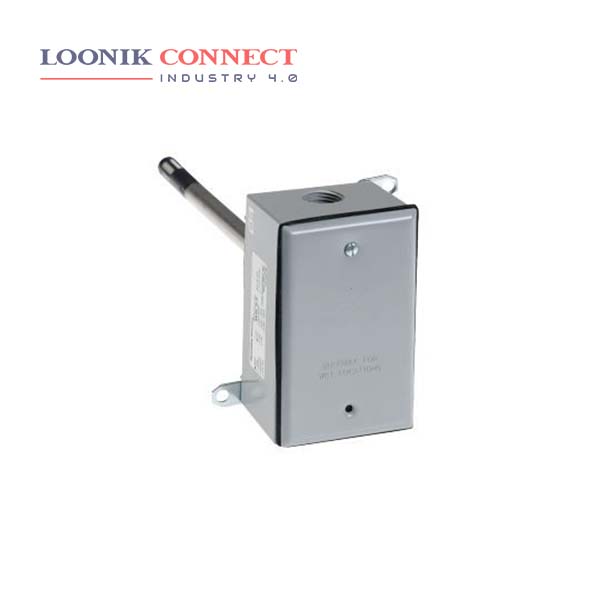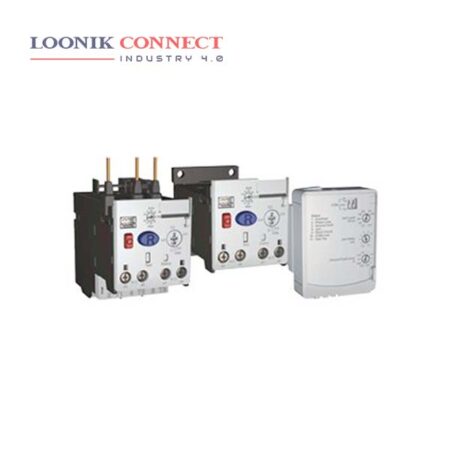A full line of humidity sensors from the premier Honeywell HumidIcon™ combined Digital Humidity/Temperature sensors to relative humidity absorption-based humidity sensor products, each sensor is designed to provide enhanced stability, reliability and sensitivity. The humidity sensor is a device that senses, measures, and reports the relative humidity (RH) of air or determines the amount of water vapor present in gas mixture (air) or pure gas.
Humidity sensors work by detecting changes that alter electrical currents or temperature in the air. There are three basic types of humidity sensors: capacitive, resistive and thermal. All three types will monitor minute changes in the atmosphere in order to calculate the humidity in the air. For implementation, humidity sensors must meet a variety of characteristics, including repeatability, sensitivity, reproducibility, linearity, low hysteresis, fast response-recovery speed, stability, low cost, and ease of connection to control units.
For implementation, humidity sensors must meet a variety of characteristics, including repeatability, sensitivity, reproducibility, linearity, low hysteresis, fast response-recovery speed, stability, low cost, and ease of connection to control units. The accuracy range of an RH sensor is expressed as something like “Typical +/- 2% Maximum +/- 3%”. What this means is that the reading from the sensor is expected and calibrated to be within 2% in most cases, but up to 3% of the actual relative humidity in the environment.










